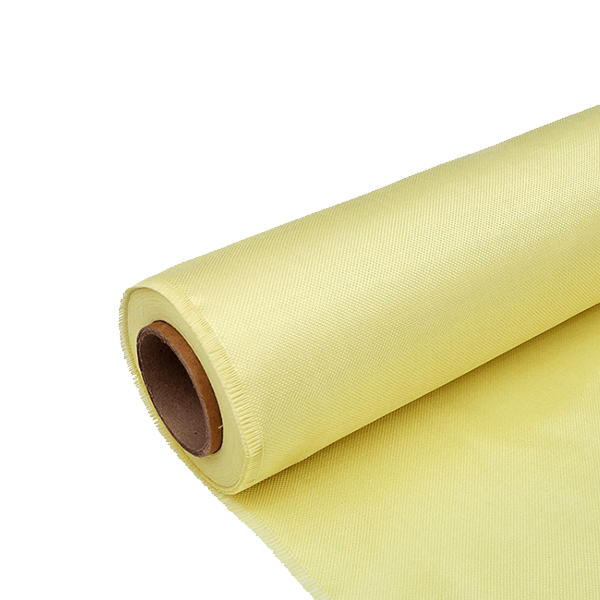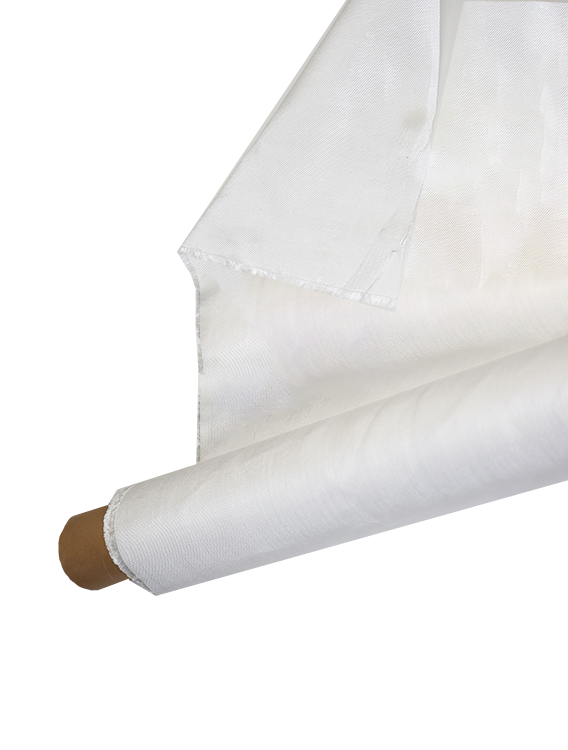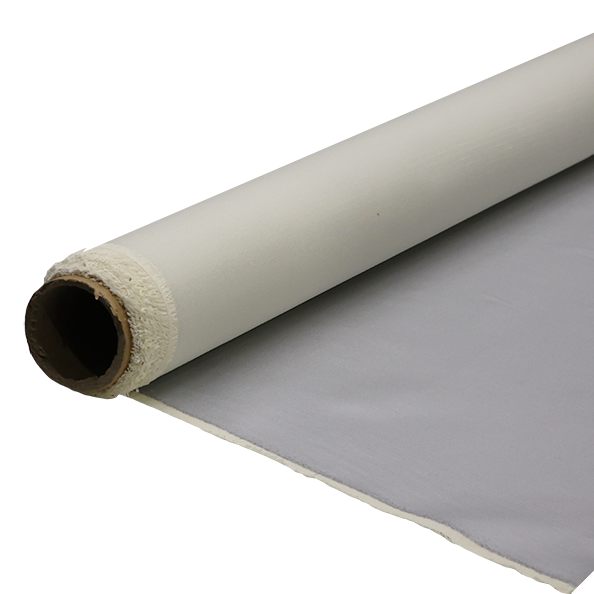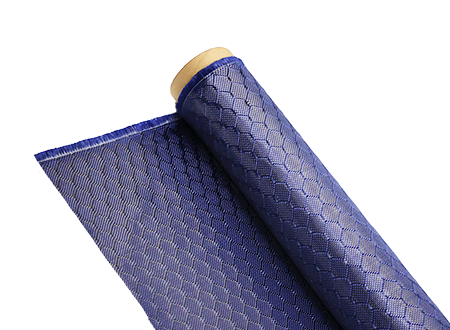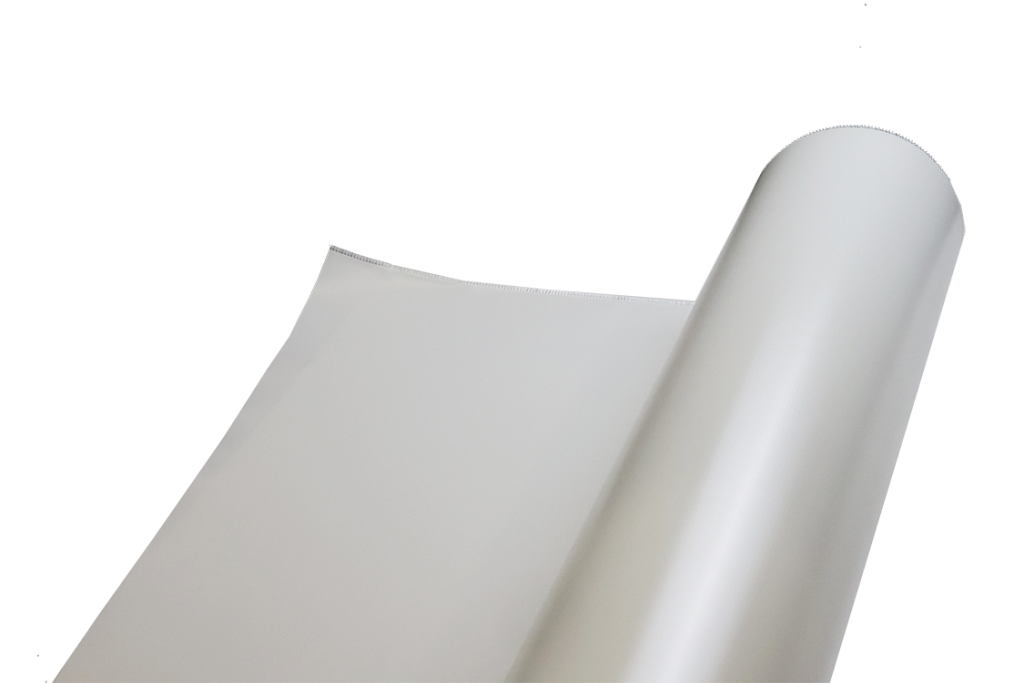Do Carbon Fiber Bike Frames Tend to Crack After 5 Years?
-
 Your Composites Expert Carbon Fiber Materials&Products
Your Composites Expert Carbon Fiber Materials&Products -
-1.png?width=686&height=617) Your Composites Expert Aramid Fiber Materials&Products
Your Composites Expert Aramid Fiber Materials&Products -
 Your Composites Expert UHMWPE Materials&Products
Your Composites Expert UHMWPE Materials&Products -
 Your Composites Expert Fiberglass Materials&Products
Your Composites Expert Fiberglass Materials&Products -
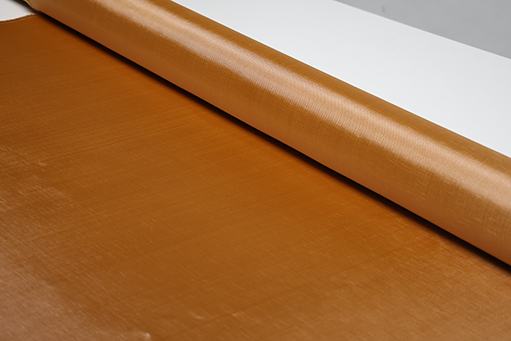 Your Composites ExpertPBO Materials&Products
Your Composites ExpertPBO Materials&Products -
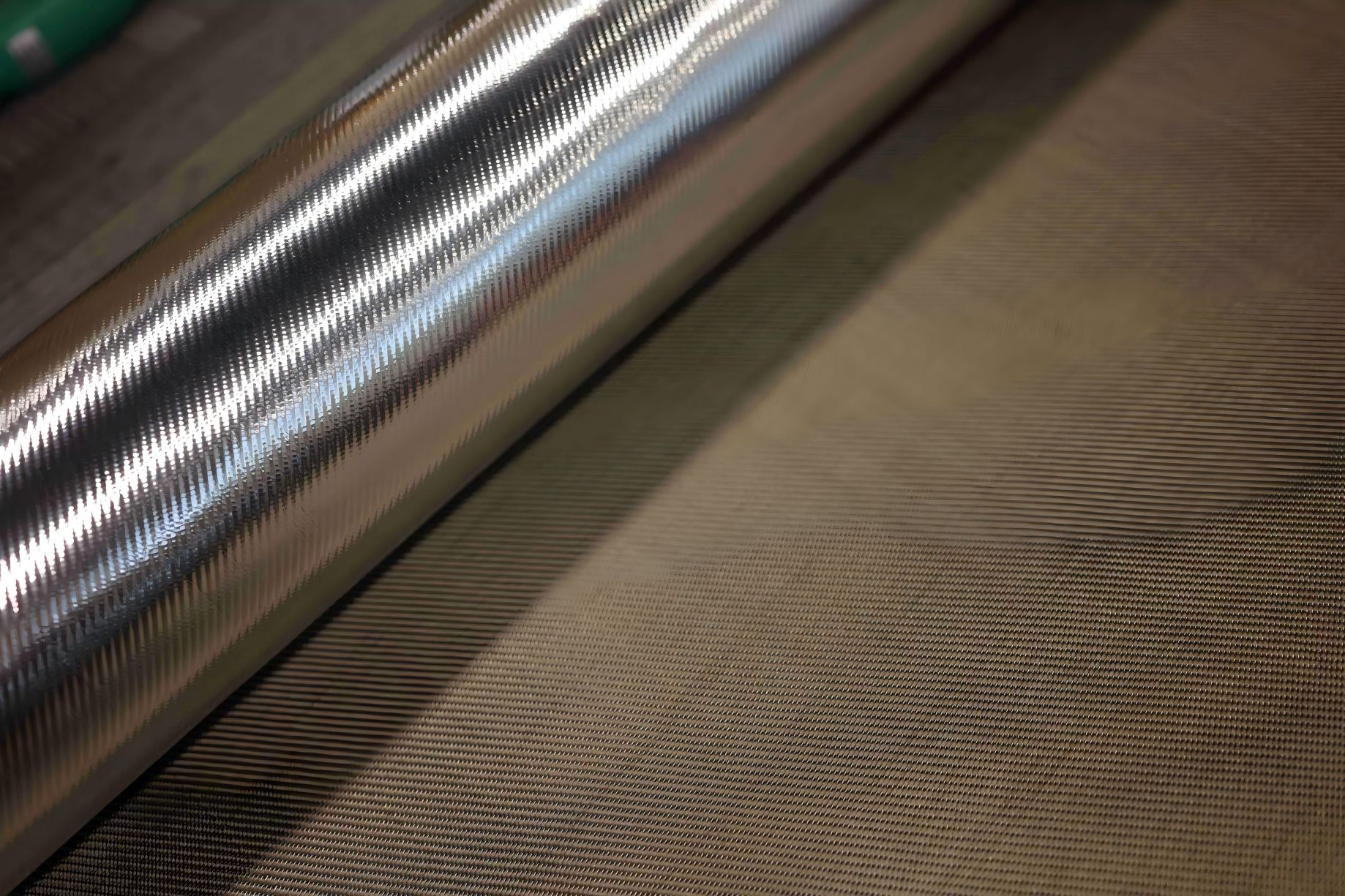 Your Composites Expert Basalt Materials&Products
Your Composites Expert Basalt Materials&Products
Carbon fiber frames can seem like a mystery to many bike enthusiasts. While these frames are praised for their lightweight and durable qualities, there are concerns about their longevity, particularly regarding potential cracking after five years of use. In this article, we will delve into the science behind carbon fiber frames, examine their reputation for cracking, and determine whether these concerns are valid. We'll also provide practical tips to extend the lifespan of your carbon fiber frame, so you can confidently ride without fear of damage.
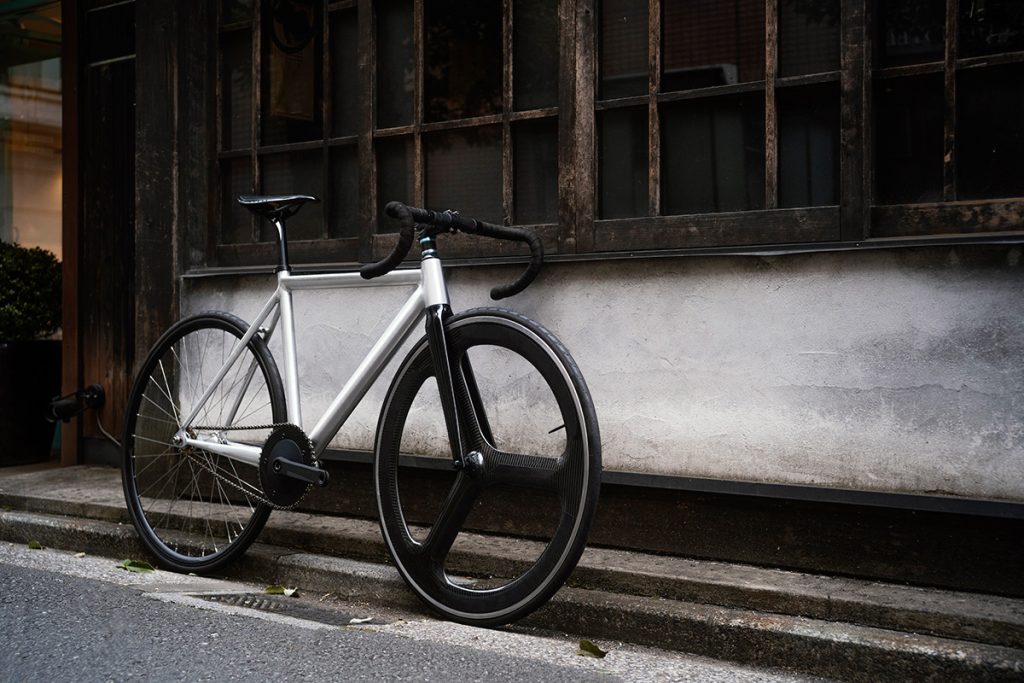

Key Takeaways
- Carbon fiber frames are known for their lightweight and durability, but there are concerns about potential cracking after five years of use.
- Factors that can impact the longevity of carbon fiber frames include maintenance practices, frequency of use, and exposure to external factors such as impacts or extreme temperatures.
- Proper maintenance, regular inspection, and protective measures can help to extend the lifespan of carbon fiber frames beyond five years.
- Debunking common myths surrounding carbon fiber frames, such as fragility or susceptibility to cracking, provides evidence-backed explanations and reassurance to riders.
- Exploring alternative frame materials can provide riders with options if they are concerned about the longevity of carbon fiber frames.
What Are Carbon Fiber Bike Frames?
Carbon fiber frames are a type of bicycle frame made from a composite material consisting of carbon fibers and resin. This construction process results in a lightweight, highly durable frame that is popular among cyclists of all skill levels.
Carbon fiber bike frames are made by laying out carbon fibers, which are incredibly strong and lightweight, in a specific pattern to create the desired shape. The fibers are then woven together with resin, creating a stiff and strong structure. This impressive construction technique allows the frame to absorb and distribute energy better than other materials, providing a smoother and more comfortable ride.
The lightweight nature of carbon fiber frames also allows cyclists to achieve higher speeds with less effort. This is due to the fact that the frame is considerably lighter than other materials, such as aluminum or steel.
Furthermore, carbon fiber bike frames can withstand a significant amount of wear and tear, making them highly durable and long-lasting. Their impact resistance properties, coupled with their ability to absorb shock, make them ideal for tough outdoor terrain and rough roads.
The Construction Process of Carbon Fiber Frames
Carbon fiber bike frames are made through a process called layup, in which carbon fiber pieces are placed and laminated together by hand or through automated machines. The exact construction process varies among manufacturers, but there are a few standard techniques used for carbon fiber frame manufacturing:
- Monocoque construction: This method involves creating a single-piece frame with a mostly hollow interior. This is achieved through the use of an inner mold that is filled with layers of carbon fiber and resin. The mold is then subjected to high pressure and heat, resulting in a solid, one-piece frame.
- Tubular construction: This method involves constructing the frame using several tubes connected by joints. The tubes themselves are made using the same layup process as monocoque construction, but are then bonded together with adhesive to create the finished frame.
- Braided construction: This method involves braiding multiple strands of carbon fiber together around a mandrel, which is then removed and cured to create a strong, robust frame.
With each construction technique, the goal is to create a frame that is exceptionally strong, lightweight, and durable - allowing cyclists to push the limits of what is possible on two wheels.
Are Carbon Fiber Frames Prone to Cracking?
Carbon fiber frames have long been touted for their lightweight construction and durability, making them a popular choice among cyclists. However, there is a common perception that these frames are prone to cracking, raising concerns about their long-term viability and safety.
So, are these concerns legitimate? While carbon fiber frames can be susceptible to cracking under certain circumstances, they are generally quite durable and can last for many years if properly cared for.
One of the leading causes of carbon fiber frame cracking is impact damage. If the frame sustains a strong impact, such as from a crash or collision, the fibers can become compressed or even fractured, leading to cracks over time. Additionally, the material can become weakened if exposed to extreme temperatures for prolonged periods.
That being said, carbon fiber bike frames are typically designed to withstand a significant amount of stress and strain, making them highly durable overall. In fact, many high-end bike manufacturers have been using carbon fiber frames for years, with many riders reporting minimal issues with cracking or durability.
To ensure your carbon fiber frame lasts as long as possible, it's important to take proper care of it. This includes cleaning it regularly, storing it properly when not in use, and inspecting it for any signs of damage or wear. Additionally, it's important to use the frame for its intended purpose, as using it for activities it's not designed for can increase the risk of cracking.
Factors That Can Contribute to Carbon Fiber Frame Cracking
| Factor | Description |
|---|---|
| Impact damage | Crashes or collisions that compress or fracture the fibers |
| Extreme temperatures | Prolonged exposure to high or low temperatures |
| Fatigue | Repeated stress or strain on the frame |
| Incorrect use | Using the frame for activities it's not designed for |
Overall, while carbon fiber bike frames can be susceptible to cracking under certain circumstances, they are generally quite durable and can last for many years if properly cared for. By taking the necessary precautions and using the frame for its intended purpose, you can enjoy the benefits of a lightweight, durable frame for years to come.
Factors Affecting the Longevity of Carbon Fiber Frames
Carbon fiber frames are designed to withstand rigorous use and last longer than traditional metal frames. However, several factors can impact the longevity of carbon fiber frames.
Maintenance Practices
Regular maintenance is essential for maintaining the durability and longevity of carbon fiber bike frames. Dirt, grime, and other contaminants can accumulate on the frame, leading to corrosion and damage. To prevent this, wash the bike regularly with mild soap and water, avoiding any high-pressure water sprays that might damage the frame.
Additionally, lubricate the moving parts of the bike, including the chain, derailleur, and brakes, to ensure smooth functioning. Regularly check the frame for any signs of damage, and repair or replace it as needed.
Frequency of Use
The frequency of use plays a crucial role in the longevity of carbon fiber frames. Consistent use can lead to wear and tear, reducing the frame's life. If you frequently use your bike, ensure that you follow proper maintenance practices and store the bike correctly. If you use the bike occasionally, make sure to maintain the condition of the bike properly, such as checking the tire pressure and ensuring that there is no dust or water on the frame.
Exposure to External Factors
Carbon fiber frames can be impacted by external factors such as impacts and extreme temperatures. Avoid exposing the bike to sunlight for extended periods of time, as it can damage the frame's finish and cause cracking. In case of an impact, thoroughly inspect the frame for damage, as even minor damage can lead to significant issues over time.
Understanding Carbon Fiber Frame Construction Techniques
Carbon fiber frames are renowned for their strength and durability. In this section, we will provide a detailed overview of the various construction techniques involved in the manufacturing process that contribute to these key features.
Molding Processes
The molding process for carbon fiber bike frames can vary depending on the manufacturer and intended use of the frame. However, the most common method is a vacuum-bagging process, where layers of carbon fiber prepreg are molded into the desired shape using a mold and vacuum pressure. This method results in a more consistent and high-quality product.
Layup Methods
Layup refers to the arrangement of carbon fiber materials in a specific orientation to achieve the desired strength and stiffness for the frame. There are typically two primary layup methods utilized - unidirectional and woven. Unidirectional carbon fiber layers are all aligned in the same direction to provide the highest possible stiffness, while woven carbon fiber provides better strength and durability overall.
Proper Material Alignment
One of the most critical factors in the construction of carbon fiber frames is proper material alignment. Even minor deviations from the intended orientation can significantly impact the strength and stiffness of the frame. Therefore, manufacturers use specific molds and tools to ensure consistent alignment throughout the manufacturing process.
Overall, understanding the different construction techniques involved in producing carbon fiber bike frames can provide a more comprehensive understanding of their strength and durability. Proper molding techniques, layup methods, and material alignment are all critical factors that contribute to the overall quality of the frame.
How to Care for Carbon Fiber Frames
Carbon fiber frames require proper maintenance to ensure their longevity and prevent cracking. Here are some tips:
Cleaning Methods
Use mild soap and water to clean the frame, avoiding harsh chemicals that can damage the finish. Dry the frame thoroughly after cleaning to prevent moisture buildup.
Complete Inspection
Regular complete inspection is essential to identify any signs of wear and tear and prevent serious damage. Check for cracks, chips, or scratches on the surface, paying attention to the areas that frequently encounter stress.
Preventive Measures
When transporting your bike, use protective covers that prevent any potential damage. If you store your bike for an extended period, make sure to loosen the bolts and locknuts slightly to reduce stress on the frame.
Warning Signs of Frame Damage
Be vigilant of any signs of frame damage, such as unusual sounds when riding, uneven movements, or any changes in the frame's appearance. If detected, seek professional assistance to avoid further damage.
By following these simple tips, you can ensure the longevity of your carbon fiber frame and prevent any potential cracking or durability issues.
Real-Life Examples of Carbon Fiber Frame Longevity
Carbon fiber bike frames have amassed a reputation for being prone to cracking and fragile, leading many people to question their durability and lifespan. However, real-life examples have shown that these fears are often unfounded.
For instance, professional cyclist Brandon McNulty has used his Trek Madone carbon fiber road bike for over five years without any significant issues. In an interview, he praised the frame's lightweight construction and durability, stating that "It's probably the most reliable thing I own."
Another excellent example is the Specialized S-Works Venge carbon fiber frameset. Professional road cyclist Elia Viviani rode the same frame for three consecutive seasons, averaging 30,000km per year, without any substantial cracking or wear and tear.
These real-life examples are proof that, with proper care and maintenance, carbon fiber frames can last for many years without any significant issues. It's essential to note that even with the best care and maintenance, damages can occur and are usually isolated incidents.
But then, why do some cyclists claim that carbon fiber frames are prone to cracking and fragile? The answer lies in the individual care and maintenance practices that are unique to every rider. While carbon fiber frames can be durable and last for a long time, it's crucial to take good care of your bike with regular cleaning and maintenance to avoid the possibility of cutting down its lifespan.
Debunking Common Myths About Carbon Fiber Frames
Carbon fiber frames have gained popularity among cyclists due to their durability, strength, and ability to withstand harsh weather conditions. However, there are numerous misconceptions surrounding them. In this section, we aim to debunk some of these myths and provide clarification.
Myth 1: Carbon Fiber Frames are Fragile
One of the most popular misconceptions about carbon fiber frames is that they are fragile and cannot withstand impacts. However, carbon fiber bike frames are known to be highly resistive to damages caused by rough handling, falls, and crashes compared to other materials such as aluminum or steel. Additionally, carbon frames are usually built with a reinforced matrix of carbon fibers, providing the required support to the frame and making them stronger than their counterparts.
Myth 2: Carbon Fiber Frames are Susceptible to Cracking
Another common misconception is that carbon fiber frames are more prone to cracking than other materials. However, this is not always true. Cracking generally occurs in carbon fiber bike frames that have been damaged or subjected to misuse. It is essential to handle your carbon fiber frame with care. If you encounter any forms of impact, check the frame for damages that could potentially lead to cracks.
Myth 3: Carbon Fiber Frames Have a Short Lifespan
Many people believe that carbon fiber bike frames have a shorter lifespan than other materials, but this is false. A well-maintained carbon fiber frame can last for years, just like frames made from other materials. Following the manufacturer's recommendations and undertaking proactive maintenance can significantly prolong the lifespan of your carbon fiber frame.
"When it comes to durability, carbon fiber frames are up there with the best", says Jason Smith, lead engineer at bicycle brand, Felt.
Myth 4: Carbon Fiber Frames are Expensive
Price is a concern that most people have when purchasing a carbon fiber frame. Many people assume that carbon fiber frames are expensive, but this isn't always the case. With the advancement of manufacturing technology, carbon frames have become more affordable, even for budget-conscious buyers. It is essential to note that other factors, such as the quality of other bicycle components, heavily influence the cost of the overall bike.
Myth 5: Carbon Fiber Bike Frames Cannot be Repaired
Another common myth is that carbon fiber frames are impossible to repair. However, with advances in technology and the increase of experts in carbon fiber frame repair, it's now possible to fix most damages to a carbon fiber frame, from minor to significant amounts of damage. Minor damages, such as scratches and chips, can be fixed with basic repair kits, while significant damages require professional intervention.
In conclusion, carbon fiber bike frames have numerous myths and misconceptions that have become popular among cycling enthusiasts. Nevertheless, these myths are largely unfounded and lack concrete data. By following the right maintenance procedures and handling the frame with care, carbon fiber frames have the potential to serve their users reliably for long periods, just like any other decent bike.
Expert Opinions on Carbon Fiber Frame Durability
When it comes to the durability of carbon fiber frames, opinions vary among experts in the cycling industry. However, most agree on the material's strength and ability to last longer than traditional metal frames.
Matt Clements, Senior Product Manager at Trek Bikes:
"Carbon fiber frames are incredibly durable and long-lasting. With proper care and maintenance, they can last well beyond the five-year mark."
Clements explains that Trek Bikes use state-of-the-art carbon fiber technology and rigorous testing to ensure the durability of their frames. He recommends regular inspections and proper cleaning and storage to maintain the longevity of the frame.
Dr. Damon Rinard, Composite Engineering Manager at Cervélo Cycles:
"Carbon fiber bike frames can provide a long lifespan when designed and built with care. Some of the oldest carbon fiber frames are still in use today."
Dr. Rinard emphasizes the importance of proper layup techniques and manufacturing practices to ensure the frame's durability. He recommends minimizing exposure to heat and direct sunlight and checking the frame for signs of damage or stress.
David Kennedy, Bike Designer and Engineer:
"Carbon fiber bike frames are highly durable, but like any material, they are not indestructible. Careful use and proper maintenance are key to extending the lifespan of the frame."
Kennedy emphasizes the importance of choosing the appropriate frame for your riding style and body type, avoiding excessive or unusual stresses on the frame. He recommends regular bike maintenance, particularly checking the frame for damage or potential cracks.
| Expert | Opinion |
|---|---|
| Matt Clements | Carbon fiber frames are incredibly durable and long-lasting, and can last well beyond the five-year mark with proper care and maintenance. |
| Dr. Damon Rinard | Carbon fiber frames can provide a long lifespan when designed and built with care, and recommends minimizing exposure to heat and direct sunlight while checking the frame for signs of damage or stress. |
| David Kennedy | Carbon fiber frames are highly durable, but proper maintenance is key to extending the lifespan of the frame, along with avoiding excessive or unusual stresses on the frame. |
Overall, expert opinions confirm that carbon fiber frames are durable and long-lasting when properly designed, manufactured, and maintained. The key to ensuring a long lifespan is vigilant care, regular inspection, and suitable use for the rider's body type and riding style.
Tips for Extending the Lifespan of Carbon Fiber Frames
Carbon fiber frames are known for their durability, but with proper maintenance, you can extend their lifespan beyond the average of 5 years. Here are some tips to keep your carbon fiber bike frames in optimal condition:
1. Clean and Inspect Regularly
Careful cleaning and regular inspection can prevent dirt and debris from building up, which may lead to cracking. Use a soft brush or cloth to gently remove any dirt or grime, and inspect the frame for any signs of damage.
2. Avoid Impact and Pressure on Specific Points
Avoid dropping or striking your bike against hard surfaces, as this can cause damage to specific points of the frame. Always handle your bike with care and avoid applying too much pressure to one point.
3. Maintain Proper Air Pressure in Tires
Keeping the proper air pressure in your tires can help reduce stress on your bike frame and prevent damage.
4. Store Properly
When not in use, store your bike in a dry, temperature-controlled environment. Avoid leaning the bike against anything that may put pressure on the frame, and never hang it from the frame.
5. Address Any Issues Immediately
If you notice any signs of damage or unusual wear and tear, address it immediately. Ignoring problems can lead to more significant issues and shorten the lifespan of your carbon fiber frame.
By following these maintenance tips, you can extend the lifespan of your carbon fiber frame and enjoy it for years to come.
Exploring Alternatives to Carbon Fiber Frames
While carbon fiber frames are known for their lightweight and durability, some cyclists may be hesitant to invest in them due to concerns about their longevity and potential for cracking over time.
However, there are several alternative frame materials available in the market that may suit these riders' needs. Let's explore some of these options and compare their pros and cons to carbon fiber frames.
Aluminum Frames
Aluminum frames are a popular alternative to carbon fiber. They offer high durability, strength, and good shock absorption. They are also relatively light, making them suitable for racing bikes. One of the downsides of aluminum frames is that they may be less comfortable on longer rides due to their stiffness. They may also be prone to corrosion if not maintained properly.
Titanium Frames
Titanium frames are another option for cyclists looking for an alternative to carbon fiber. They are highly durable, resistant to corrosion, and have good shock absorption, making them ideal for rough roads and long rides. They are also known for their aesthetic appeal, with a unique finish that is different from other materials. However, titanium frames tend to be expensive, which may not suit all cyclists' budgets.
Steel Frames
Steel frames were once the most popular frame material choice, and for good reason. They are highly durable, resistant to corrosion, and have good shock absorption. Steel frames may be heavier than carbon fiber or aluminum, but they provide longer-lasting performance for larger riders and bike packers. They are also resistant to high-impact collisions and dents, ensuring longevity in the long run. However, steel frames' disadvantages include increased weight and stiffness when compared to more recent materials.
Conclusion
After diving into the world of carbon fiber frames, it's clear that their reputation for being prone to cracking is primarily a misconception. While external factors such as impacts or extreme temperatures can impact their durability, proper maintenance practices and careful use can help extend their lifespan well beyond five years.
We've explored the different construction techniques used in manufacturing carbon fiber frames and provided tips on how to care for them, including regular cleaning and inspection. We've also showcased real-life examples of carbon fiber frames lasting well beyond the five-year mark, debunked common myths about their fragility, and gathered expert opinions on their durability.
While there are alternative frame materials available, such as aluminum or steel, carbon fiber frames still reign as the go-to frame choice for their lightweight and durable nature. So fear not, cycling enthusiasts, carbon fiber frames are here to stay and with proper care and use, these frames can last for several years to come.
FAQ
Do Carbon Fiber Bike Frames Tend to Crack After 5 Years?
Carbon fiber frames have a reputation for being durable and long-lasting. While some concerns about cracking may exist, proper maintenance and usage can significantly extend their lifespan and minimize the risk of cracking.
What Factors Affect the Longevity of Carbon Fiber Bike Frames?
Several factors can impact the longevity of carbon fiber frames. These include regular maintenance practices, such as cleaning and inspection, proper storage, appropriate use and riding conditions, and minimizing exposure to extreme temperatures or impacts. Adhering to these guidelines can help to extend the lifespan of frames.
How Are Carbon Fiber Frames Constructed?
Carbon fiber frames are manufactured using various construction techniques. These include molding processes such as bladder molding or tube-to-tube construction, and layup methods that involve layering carbon fiber sheets in specific orientations. The proper alignment and curing of these layers are crucial for creating strong and durable carbon fiber frames.
How Should I Care for Carbon Fiber Frames?
To care for carbon fiber bike frames, it is important to regularly clean them with mild soap and water, avoid using abrasive cleaners or solvents, and inspect them for any signs of damage or cracking. Additionally, storing the frames in a dry and cool environment, and protecting them from impacts or extreme temperatures can help maintain their longevity.
Are There Real-Life Examples of Carbon Fiber Frame Longevity?
Absolutely! There are numerous examples of carbon fiber frames lasting well beyond the 5-year mark without significant issues. Many professional cyclists and bike enthusiasts have successfully used carbon fiber frames for several years, showcasing their durability and long-lasting performance.
What Are Some Common Myths About Carbon Fiber Frames?
Common myths about carbon fiber frames include beliefs that they are fragile and prone to cracking. However, these misconceptions are often unfounded. Carbon fiber bike frames, when properly manufactured and maintained, are highly durable and resistant to cracking. The reputation for fragility is largely a result of misconceptions and lack of understanding about their properties.
What Do Experts Say About Carbon Fiber Frame Durability?
Industry professionals, including bike manufacturers and engineers, widely recognize the durability and longevity of carbon fiber frames. Their expertise and comprehensive understanding of carbon fiber materials and construction techniques support the view that carbon fiber bike frames can withstand years of use without significant cracking or durability issues.
How Can I Extend the Lifespan of My Carbon Fiber Frame?
To extend the lifespan of your carbon fiber frame, it is recommended to follow regular maintenance tips such as cleaning and inspection, avoiding excessive exposure to UV rays and extreme temperatures, and using protective measures like frame protectors or pads. Additionally, scheduling regular check-ups with a professional bike technician can help identify any potential issues and ensure optimal performance.
Are There Alternative Frame Materials to Carbon Fiber?
Yes, there are alternative frame materials available in the market, including aluminum, steel, and titanium. Each material has its own characteristics and advantages. While carbon fiber bike frames offer a unique combination of lightweight and strength, exploring these alternatives may be suitable for individuals who have specific concerns about carbon fiber frames.
If you need solutions about carbon fiber fabric&materials, please visit our website
If you want to learn knowledges about carbon fiber, please visit our resource


